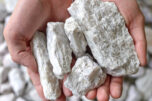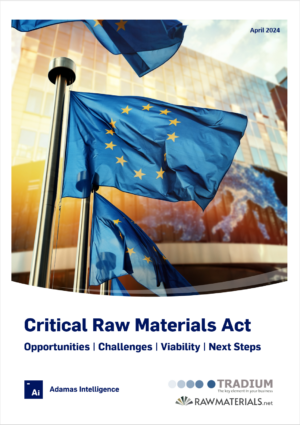Smackover DFS: are DLE oilfield brines worth their salt?

Smackover Lithium (a joint venture between Standard Lithium and Norwegian national oil company, Equinor) released DFS results for the South West Arkansas project in the USA.
This is important data, not only for North American lithium security, but since the project is a leading representation of a large subset of all direct lithium extraction (DLE) projects, often referred to as oilfield brines (OFB), which are relatively early in their journey to commercialization.
To wrap some numbers around this, though there is no commercial production of lithium from OFB today, the OFB DLE projects represent roughly one third of potential domestic lithium production for the U.S., one quarter of global DLE production potential, or ~6% of all lithium production potential worldwide.
Several confined aquifers in North America (such as the Smackover Formation) are known to possess high concentrations of lithium, in the very same formations which have been historically exploited for oil and gas. Subsurface data is plentiful, as is so our collective understanding of spent brine reinjection (such as the process at Albemarle’s Magnolia bromine operations in Arkansas).
What has only been investigated in recent history is what happens at the surface, i.e., the practicalities of primary lithium extraction, including the necessary brine pre-treatment steps in handling the hydrocarbons and other unwanted gases, and the subsequent DLE and purification steps.
For clarity, the prospective OFB DLE project investigated here is distinct from the application of DLE on produced waters, a waste product pumped to surface to access the oil and gas.
In recent years, oil companies have been investing in OFB DLE operations, looking to apply complementary skillsets and at the same time improve the public image of the sector. On its face, the very large balance sheet support and seemingly sophisticated due diligence is regarded as a positive step change for the capital starved upstream lithium industry, particularly for domestic U.S. battery raw materials supply chains.
However, when considering the global nature of commodity markets, hard questions must always be asked about project economics versus alternative sources.
Diving into Smackover Lithium’s DFS results, we observe several developments relative to the 2023 PFS study.
Firstly, a scope change has seen the targeted lithium chemical switch from lithium hydroxide (26.4 ktpa LCE in LiOH) to lithium carbonate (22.5kt LCE) with ramifications at the back end of the process flowsheet:
+35% increase in CAPEX intensity to $64.4k/tpa LCE. This appears to be a typical cost creep from higher level of accuracy of investigation from the PFS level. Looking deeper into the CAPEX estimates, we observe a significant uplift in site infrastructure and indirect costs, offset by reductions in processing CAPEX which likely stem from the switch to lithium carbonate, over hydroxide.
0% change in OPEX. Despite a reduction in global lithium recoveries (-2.6% to 89.4% Li recovery), expected grades have bumped up 10% to 481mg/L Li. We have observed during the emergence of DLE applications that uncertainty mostly relates to CAPEX, and not so much OPEX. This view has been reaffirmed by these study results.
+24% increase in our normalized incentive price. For internal benchmarking purposes, we peg all projects at a 20% post-tax IRR using 30% corporate tax rate. The very high CAPEX uplift from the PFS level has resulted in a required incentivization price 24% higher, to $24.8k/t LCE for life of mine.
We note Smackover Lithium used a $22.4k/t LCE price resulting in an 18.2% post-tax IRR, an outcome not dissimilar to our benchmark.
It may come as a surprise to some that the South West Arkansas project now possesses almost identical incentive economics to Thacker Pass (Phases 1 & 2), a famously expensive sedimentary clay project in Nevada.
Considering this, we expect a downward recalibration of expectations from OFB DLE projects out of the U.S. in the future production mix.
The graph below contextualizes the South West Arkansas project incentive economics relative to other lithium project types.

Ultimately, we believe building out a domestic spodumene refining industry utilizing domestic and neighboring Canadian resources offers superior economics and risk profile relative to OFB DLE, and thus offers the path of least resistance to meaningful lithium supply security for the U.S.
Note: Benchmarking is conducted at the project level, thus cost of capital considerations is not included. For instance, the additional country risk premium embedded into the financing of an Argentinian salar DLE project, relative to a U.S. domestic OFB DLE project, would go a long way to bridging the incentive economics between the two assets.






